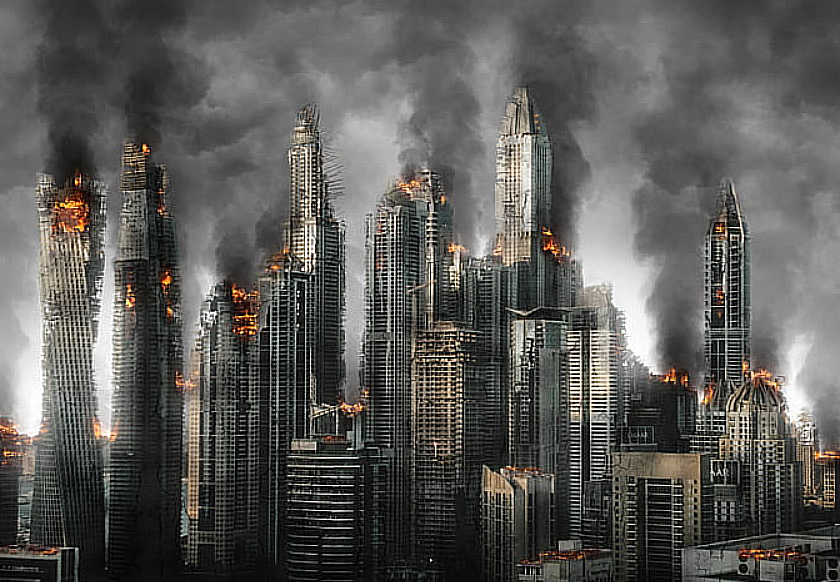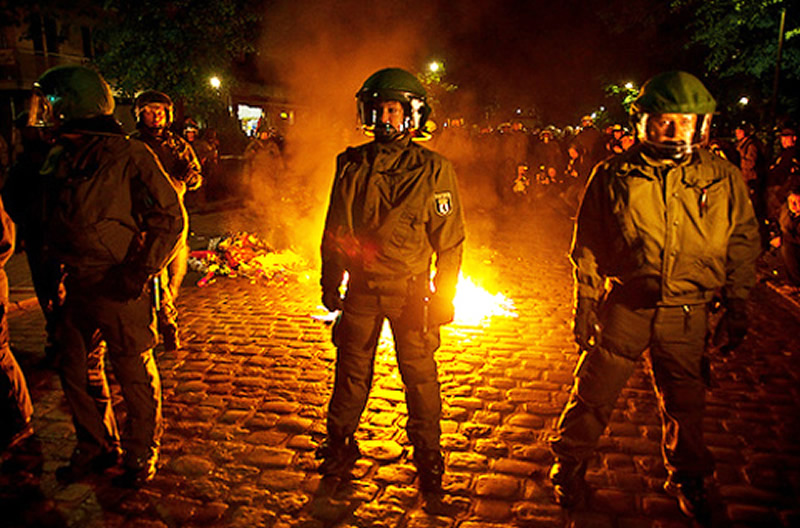Annie Jacobsen’s latest book on nuclear war dives into a grim scenario where tensions and misunderstandings between nuclear-armed states spiral into a full-blown, world-ending conflict. It’s a thriller, packed with detail and intense narrative, but it’s also a source of debate among readers and experts alike. Jacobsen tackles the terrifying potential of nuclear war, but does she get everything right? Here, I’ll break down the book’s strengths and weaknesses, from her portrayal of “Nuclear Winter” to her insights into “First Strike” scenarios.
The Story: A First Strike with Global Consequences
Jacobsen’s story kicks off with a “first strike” launched by North Korea against the United States. The plot quickly escalates as the American government scrambles to respond, while Russia—mistakenly assuming the U.S. strike is aimed at them—decides to retaliate with its own nuclear arsenal. This miscommunication leads to an all-out nuclear exchange that ultimately leaves Earth covered in radiation and sends humanity back to a prehistoric way of living.
The plot explores the terrifying idea of “total communication failure” between global powers, a scenario where established diplomatic channels break down completely. While some may find this unlikely, it serves as an effective backdrop for the narrative, showing how one mistake could trigger the unthinkable. However, readers might question the plausibility of such a scenario in today’s age of digital, instant communication. It’s a powerful but, perhaps, exaggerated take on nuclear miscommunication.
The Reality of Radiation
Jacobsen goes into detail about the effects of radiation, particularly radiation poisoning, which she portrays in excruciating terms. This focus on the horror of radiation exposure helps readers grasp the true human cost of nuclear war. But critics have noted that while she covers the physical symptoms well, she skips over the scientific explanations of radiation types—alpha, beta, gamma, and neutron radiation.
This omission leaves a gap in understanding. Readers learn the outcomes but not the mechanics behind them. Explaining basic radiation science, like the “7 to 10 rule” (which relates to radiation decay over time), would have given readers a more grounded perspective on how to minimize exposure and stay safe during fallout. For preppers and survivalists, practical knowledge on radiation could be life-saving, and it feels like a missed opportunity in the book.
Nuclear Winter: The Fear and the Reality
A significant part of Jacobsen’s book deals with the concept of nuclear winter. According to her, a nuclear war would cause catastrophic global cooling, shrouding the planet in radiation and thick clouds of ash for decades. In this scenario, the world faces perpetual cold, failed crops, and widespread starvation—a complete collapse of human civilization.
However, more recent studies challenge this view. Researchers have compared the effects of nuclear explosions to volcanic eruptions like Mount Pinatubo in 1991, which also released aerosols into the atmosphere but had less lasting impact than feared. Modern scientists argue that the “nuclear winter” might not be as long or as severe as initially thought, due to the way smoke and aerosols settle out of the atmosphere relatively quickly. Jacobsen’s portrayal leans heavily on the catastrophic side, which can leave readers feeling hopeless, when a more balanced perspective might provide a clearer understanding of the real risks.
Psychological Tension: To Retaliate or Not?
One of the most compelling aspects of the book is its focus on the psychological struggles that leaders face in making retaliatory decisions. Jacobsen paints a vivid picture of the inner conflict involved—do you retaliate to protect other nations, risking further devastation, or do you hold back and risk appearing weak? This psychological back-and-forth creates tension and shows the competing pressures that decision-makers face in a nuclear crisis.
As readers, we find ourselves sympathizing with these leaders’ impossible choices. The desire to defend one’s country and allies conflicts with the dread of global annihilation. This exploration of psychological vacillation is one of the book’s highlights, illustrating just how complex nuclear strategy can be.
Scientific and Tactical Gaps
While the book provides an engaging narrative, it does fall short on some scientific and tactical points. For example, Jacobsen doesn’t explain how nuclear weapons work at a basic level. Readers are left without knowledge of fundamental concepts that would make the story more informative. There’s little mention of precautions like sheltering in a basement for 72 hours to avoid the worst fallout effects or waiting for radiation levels to drop after a few weeks.
These are critical details for anyone thinking practically about nuclear preparedness. Leaving out these tactical insights weakens the book’s educational value, making it feel more like “doom porn” than a useful guide to nuclear survival. Including even a brief overview of practical safety measures would have made it more balanced and informative.
A Grim Yet Exaggerated Worldview
Jacobsen envisions a post-nuclear world that’s almost entirely covered in radiation and suffering from endless nuclear winter. Humans are forced into a Neolithic existence, scavenging and struggling for survival in a desolate landscape. However, historical evidence and modern research suggest this may be an exaggeration. For example, events like the Kuwait oil fires in 1991 produced significant smoke and pollution, yet didn’t lead to the long-term climate changes once feared.
While Jacobsen’s portrayal adds a dramatic layer to the story, it risks instilling a sense of helplessness. This apocalyptic vision might leave readers believing there’s no chance of survival in a nuclear event, which could discourage practical preparation. In reality, there are strategies for survival—sheltering from radiation, managing fallout exposure, and relying on strategic locations like basements or shielded rooms.
Takeaways: A Thrilling Yet Flawed Perspective
Jacobsen’s book is thrilling, no doubt. It dives into a nightmare scenario that’s all too real in today’s climate of rising tensions. The story is well-crafted, suspenseful, and hard to put down. But readers should approach it with a critical eye. It’s a cautionary tale, but not one grounded in complete scientific realism.
For preppers, survivalists, or anyone interested in nuclear preparedness, it’s essential to separate fact from fiction. The horror and drama of Jacobsen’s tale serve as a reminder of what’s at stake, but don’t take it as a manual. Instead, take it as motivation to educate yourself on real nuclear survival tactics. In a world where tensions are high, knowledge is power, and preparation is always better than fear.





